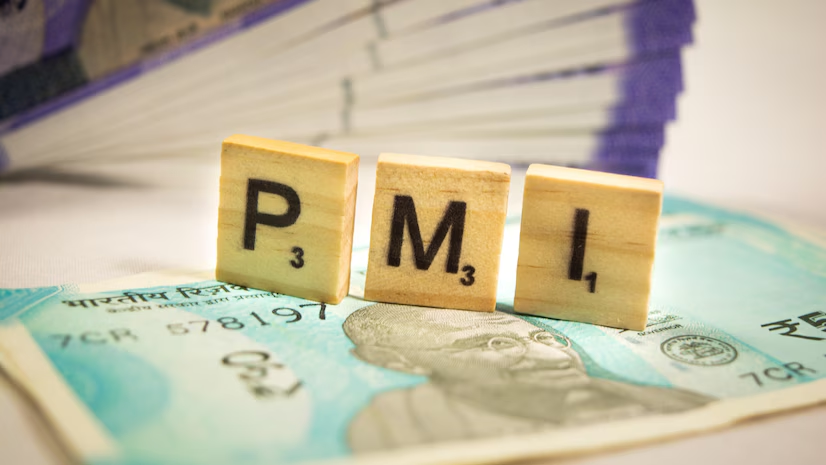
India’s private sector witnessed a significant upswing in April 2025, as the Composite Purchasing Managers’ Index (PMI) surged to 60.0, marking the highest level in eight months. This growth was primarily driven by a substantial increase in export orders, particularly in the manufacturing sector.
Understanding the Composite PMI
The Composite PMI is an economic indicator derived from monthly surveys of private sector companies. A PMI above 50 indicates expansion, while below 50 signifies contraction. The index combines data from both the manufacturing and services sectors, providing a comprehensive overview of the country’s economic health.
Key Highlights from April 2025
Composite PMI: Rose to 60.0 from 59.5 in March, indicating robust growth in both manufacturing and services sectors.
Manufacturing PMI: Increased to 58.4, the highest in a year, reflecting strong demand and output.
Services PMI: Climbed to a four-month high of 59.1, showcasing resilience in the services sector.
Surge in Export Orders
A notable driver of this growth was the sharp acceleration in new export orders. The manufacturing sector experienced the most significant increase in export demand since the index’s inception in 2014. This surge is attributed to a temporary 90-day delay in U.S. tariffs, announced by President Donald Trump, which provided a window of opportunity for Indian exporters to capitalize on increased global demand.
Employment and Output Growth
The heightened demand led to increased production and job creation across sectors. Manufacturing employment reached its highest level since the survey began in 2005. Service providers also expanded their workforce to meet the growing demand, indicating a broad-based economic recovery.
Inflation and Pricing Trends
Input cost inflation presented a mixed picture. While manufacturing saw an uptick in input costs, the services sector experienced a deceleration. Despite these variations, firms managed to pass on higher costs to clients, leading to increased selling prices. Manufacturers, in particular, saw a sharper rise in output charges.
Business Confidence
Despite the positive indicators, overall business confidence dipped to an eight-month low. This decline was primarily due to a more cautious outlook in the services sector, reflecting concerns about sustaining the current growth momentum amid global economic uncertainties.
Comparative Analysis
When compared to previous months, April’s PMI readings indicate a strengthening economy:
March 2025: Composite PMI stood at 59.5, with manufacturing and services PMIs at 58.1 and 58.5, respectively.
April 2025: Composite PMI rose to 60.0, with manufacturing and services PMIs at 58.4 and 59.1, respectively.
This upward trend underscores the resilience of India’s economy, driven by robust export demand and strong domestic consumption.
Future Outlook
While the current data paints a positive picture, sustaining this growth will depend on several factors:
Global Trade Dynamics: The temporary relief from U.S. tariffs has boosted exports, but long-term growth will require navigating ongoing trade tensions and diversifying export markets.
Domestic Policy Measures: Continued support from the government in terms of infrastructure development, ease of doing business, and policy reforms will be crucial.
Inflation Control: Managing input costs and maintaining competitive pricing will be essential to sustain demand and profitability.
















Leave a comment